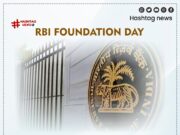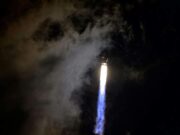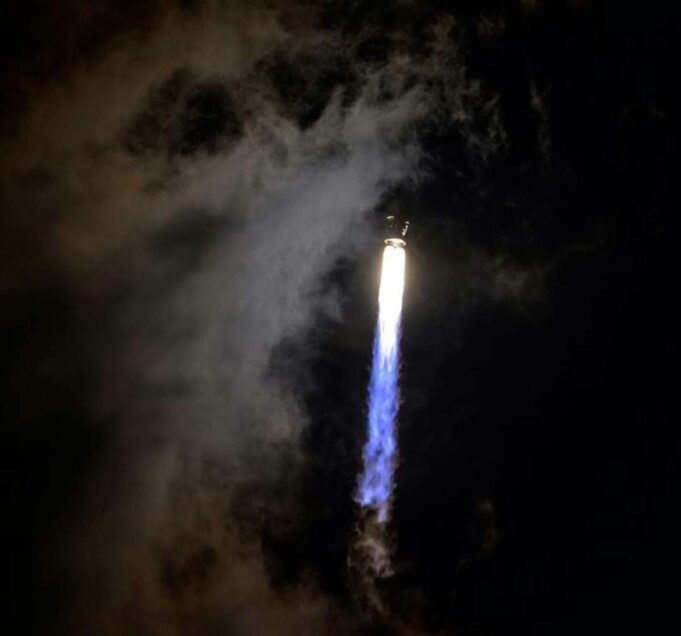Lucy will journey for 12 years, observing one main belt asteroid and seven Trojan asteroids.
The swarms of Trojan asteroids associated with Jupiter are thought to be remnants of the primordial material that formed the outer planets. These primitive bodies hold vital clues to deciphering the history of the solar system.
The Jupiter Trojan asteroids are leftover raw materials from the formation of our Solar System’s giant planets (Jupiter, Saturn, Uranus, and Neptune) over 4 .5 billion years ago . They hold a record of the composition and physical conditions
in the protoplanetary disk from which all the Sun’s planets, including Earth, formed .
At some time in the distant past, the Trojan asteroids became trapped in their current locations, orbiting the Sun approximately at the distance of Jupiter in two broad swarms associated with the L4 and L5 Lagrange points . These are locations where the combined effects of the Sun’s gravity, Jupiter’s gravity, and orbital motion create an equilibrium, such that objects orbiting near these points will stay near them indefinitely .
The “L4 swarm” leads, one-sixth of a lap ahead of Jupiter, while the “L5 swarm” trails one-sixth of a lap behind . Current scientific theories indicate that the Trojan asteroids could have been trapped in these stable orbits early in the Solar System’s history, at the end of an era of giant planet “migration” during which the planets’ orbits shifted substantially .
The foremost theory for how the Trojan asteroids came to be where they are involves a dynamical instability which caused sudden, large changes in the orbits of the giant planets . In this scenario, small objects from across the outer Solar System were widely scattered, most being ejected to the far reaches of the Solar System or beyond, and a few lucky survivors making their way into Trojan orbits near the Lagrange points or other stable niches like the Kuiper Belt .
Lucy will give us insights into the dynamical and physical processes that affected these planetary building blocks and will help us untangle the Solar System’s early history at the time when planet formation was ending, and the planets were moving into the orbital configuration we see today .

























